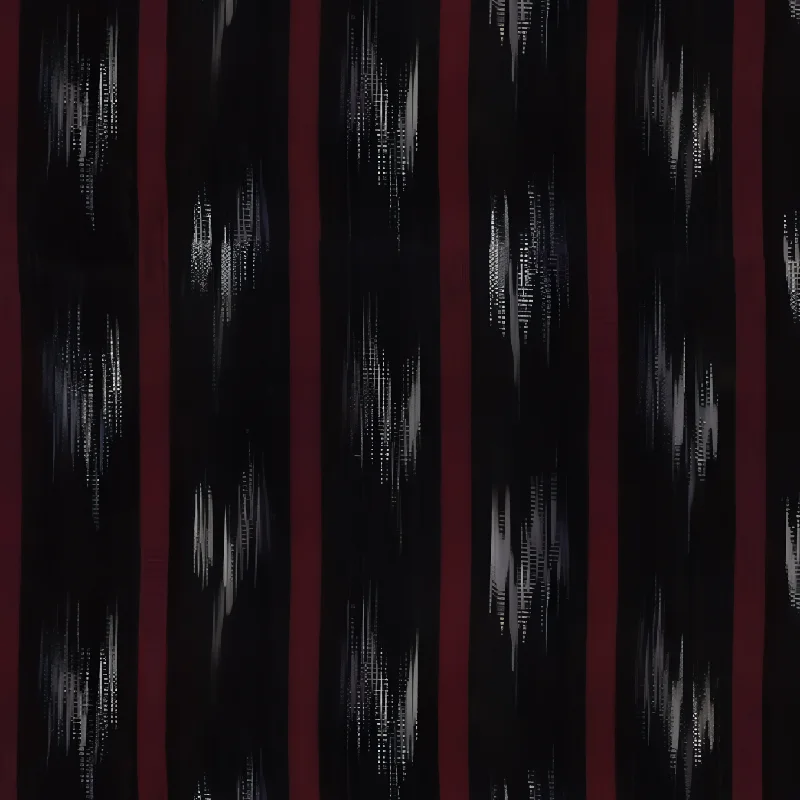Inspiration is from "1792 Gazette des atours d'été de Madame Elisabeth, - No 14"
Madame Molé-Reymond
Background and Identity
Madame Molé-Reymond, whose full name is often recorded as Marie-Anne Molé-Reymond, was a prominent figure in 18th-century France. She is best known for being the subject of the portrait painted by Élisabeth Vigée Le Brun in 1786. This painting captures her elegance and status within French society during the Rococo period, a time characterized by ornate art and architecture.
Social Status and Influence
Marie-Anne was married to Jean-Baptiste Molé, a notable politician who served as a member of the French Parliament. Her marriage placed her in a position of social prominence, allowing her to engage with influential circles in Paris. The Molé family was well-connected, which further enhanced her standing in society. As a woman of means and influence, she likely participated in salons—gatherings that were crucial for intellectual discourse and cultural exchange during this era.
Cultural Significance
The portrait of Madame Molé-Reymond by Vigée Le Brun not only highlights her beauty but also reflects the artistic trends of the time. Vigée Le Brun was one of the most celebrated female painters of her day, known for her ability to portray women with dignity and grace. The painting exemplifies the Rococo style through its use of soft colors, delicate brushwork, and an emphasis on lightness and elegance.
Madame Molé-Reymond’s representation in art signifies the role women played in shaping cultural narratives during this period. Through such portraits, women were able to assert their identities and social positions at a time when their roles were often limited to domestic spheres.

